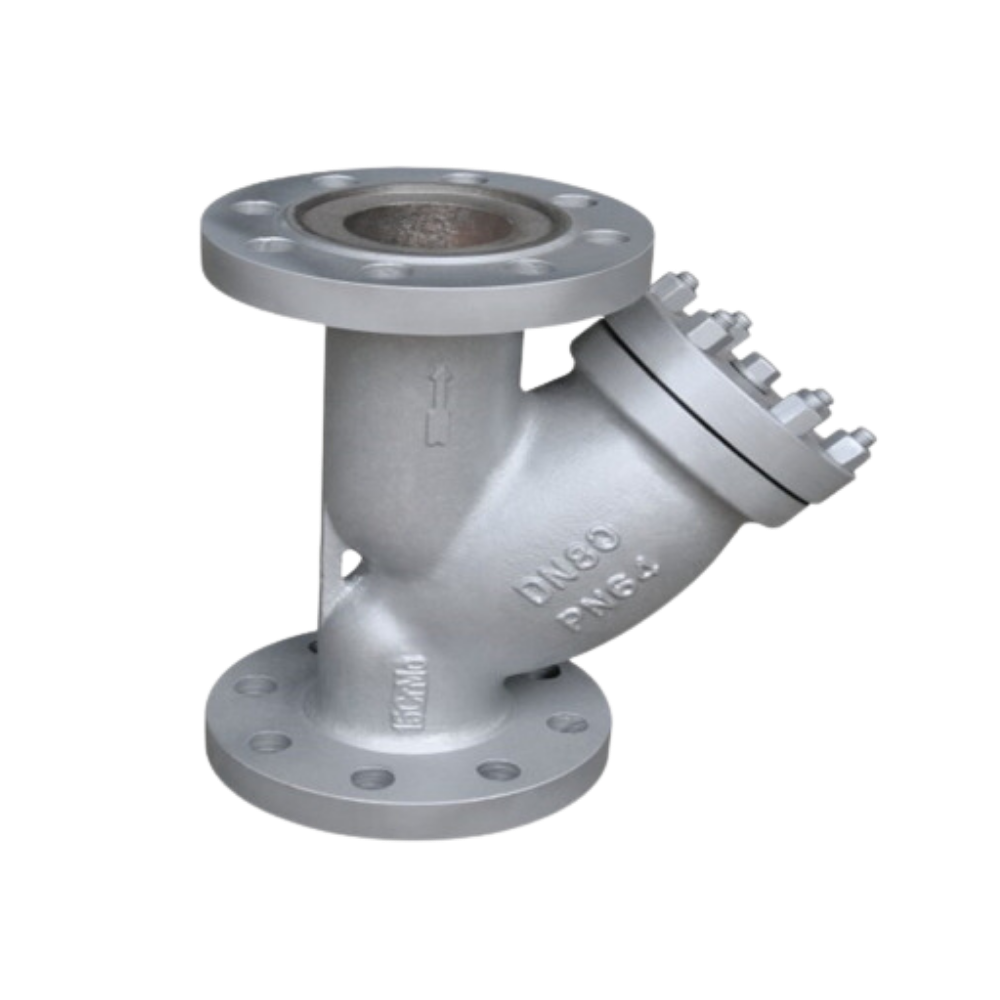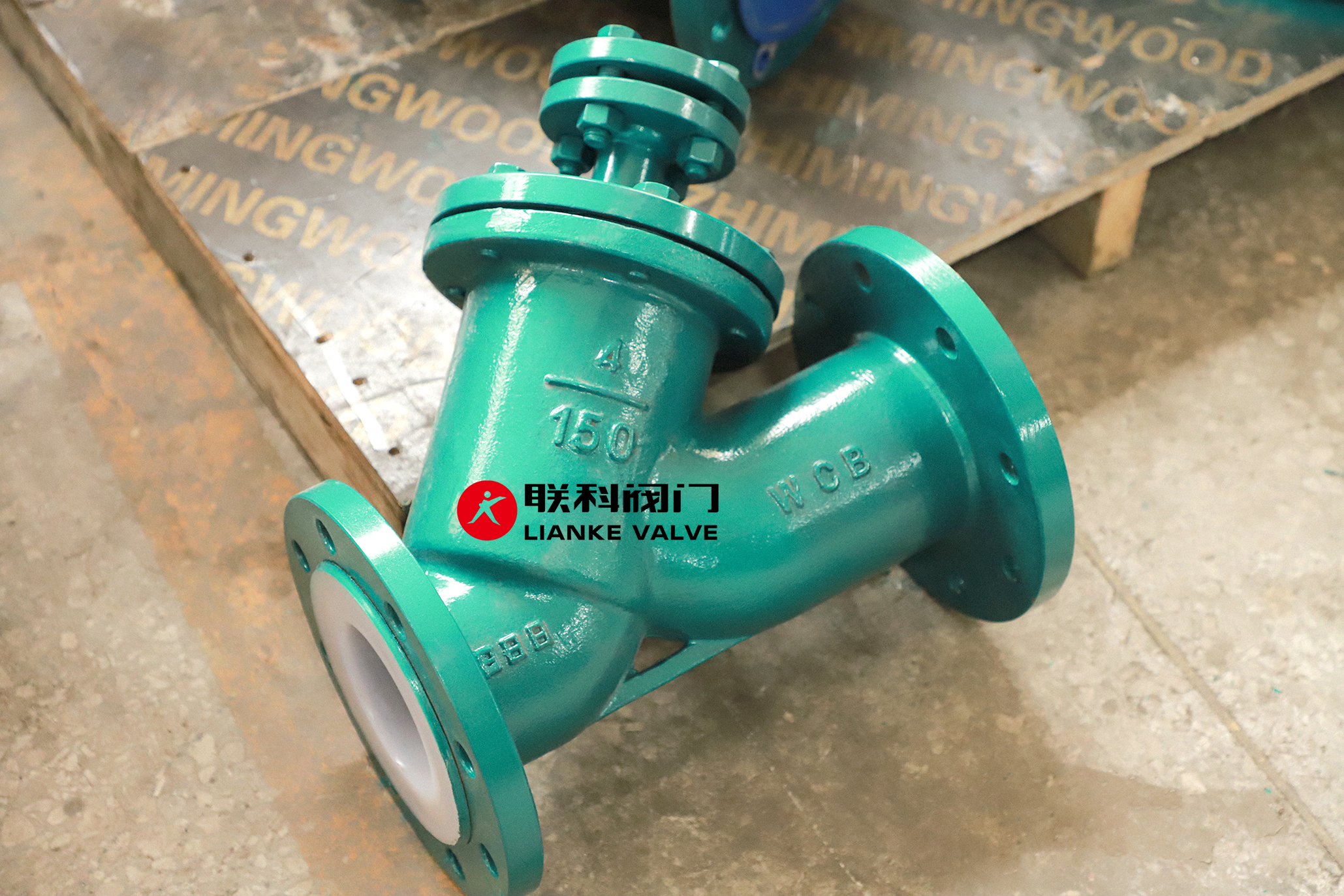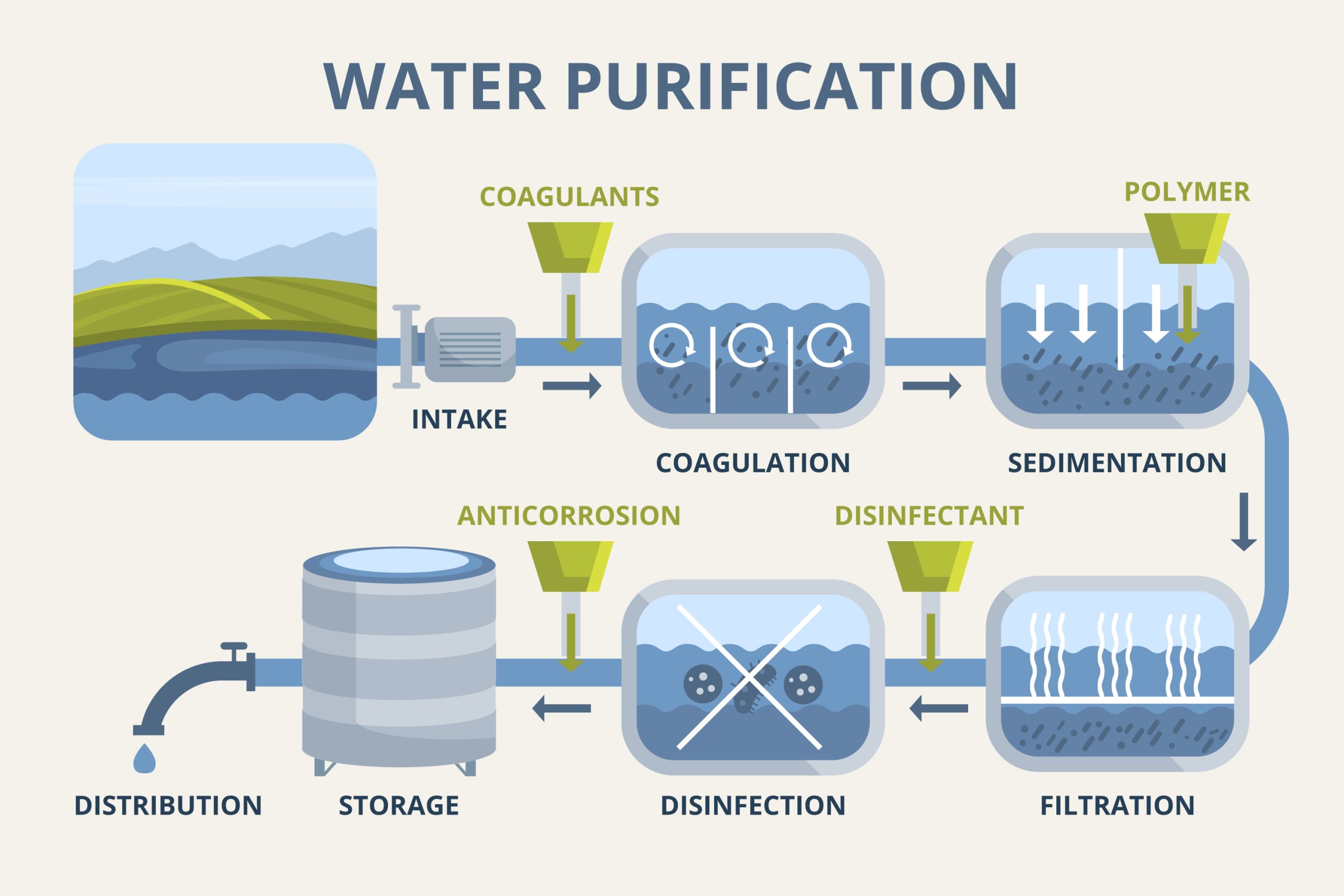

Fluids passing through industrial pipelines may not always be debris free. And for that reason, many pipelines are fitted with industrial strainers. It’s simple to think of a strainer as a filter. After all, there’s no functionality difference between strainer vs filter. Both tools carry out the same function — They clear out any debris or impurities that may end up in the flow medium. By clearing out debris from the medium, these strainers also protect other pipeline components. These components are protected by preventing any impurities from clogging up pumps or compressors. Within industries, there are numerous kinds of stainless-steel strainer. Continue on to learn more about them.

All valve strainers carry out the same function — They remove unwanted materials from fluids flowing through pipes. Let’s see how these strainers differ:
A Y strainer is used to prevent clogging in downward stream pipes. These strainers are termed as Y strainers because of their shape. They are apt for higher pressure operations. Y strainers are also smaller than most strainers and so they’re found in compact areas. These strainers are apt for smaller debris operations.
Y Strainers can filter impurities at temperatures that go up to 6000psi. They also work well in temperatures as high as 425°C.
Basket strainers are more apt for operations where larger impurity straining is required. This strainer is shaped as a basket and it’s apt for holding a lot of debris without affecting fluid flow. These strainers range in sizes from 1/2” to 24”. And their maximum pressure and temperature limits are 150psi and 65°C.
A T strainer is pretty similar to the Y strainer. It’s also termed the inline strainer. These two are differentiable by the vertical passageway in the T strainer which is larger than the one in Y strainers. These strainers are found in smaller sized pipes. They can handle pressures up to 6000psi and work well in 398°C operations.
A duplex strainer is also termed a twin strainer. These are apt for continuous/permanent flow operation. That’s because these strainers have two baskets which are apt for removing large amounts of debris from the medium. When one basket is being cleaned, the fluid flows through the second basket. And this allows continuous flow. These strainers range from 3/4” to 24” and can work with pressures as high as 200psi. The temperature limits depend on the manufacturer specifications. General temperatures vary from 250-325°C.
As suggested by the name, a temporary strainer is apt for short term usage. These are fitted in new fluid operations or if a certain kind of strainer is unavailable for a short time period. These strainers connect to pipes via two flanges. After some time, these are removed.
A self cleaning strainer is also apt for operations that need continuous flow. These strainers don’t need to be cleaned manually. They clean trapped impurities using a brush that lines the strainer’s inner body. The self cleaning strainer works at temperatures up to 260°C. These usually handle maximum pressure of 47psi.
A pipeline conical strainer is found in these operations:
The flow rate of your operation can change the type of strainer which is needed. Higher flow rate operations require bigger strainers. Duplex strainers are also apt for high flow rate situations.
Different strainers are apt for different pressure limits. Additionally, you’ll also want to look for the pressure drop limits of each strainer. These pressure drops can lower the efficiency of your operations. Larger strainers have minimal pressure drops.
The fluid you’re dealing with also helps determine which strainer to use. If dealing with larger debris, you can go for cheaper options like the Y strainer. Smaller particles of debris are better handled by strainers such as the duplex strainer.
Strainer maintenance requires operations to be shut down. Think about how much time you can spend caring for your strainers. For continuous flow operations, it’s better to stick to the duplex strainer.
Getting your hands on a mesh strainer isn’t difficult if you know about places like LIANKE Valve. Founded in 1982, this company has always prioritized quality for their customer’s needs. And working with them will keep your operations and investments safe. At LIANKE Valve, customers won’t have to worry about the standards of the strainers or about the type.
Each industrial strainer is compliant with CE, API, ISO, EAC and TS standards. Additionally, getting yourself a strainer from LIANKE Valve is pretty simple as they control quality and production time through their raw material mill and producing mill.
There are 6 main differentiable kinds of industrial strainers. The Y strainer, Basket Strainer and Duplex strainer are used in most operations. Additionally, you’ll also find a T strainer, temporary strainer and self cleaning strainer.
Before purchasing industrial strainers, it’s imperative to figure out your operational needs. Each strainer has different pressure limits, flow rates and maintenance needs. Similarly, not every strainer collects the same sized particles/debris.
Types of Strainers Used in Oil and Gas Companies (commercialfiltrationsupply.com)
101 Guide on Different Types of Strainers in Pipeline | Dombor
Pros and Cons of Self-Cleaning Filtration Technology (fcxperformance.com)

ANSI Class Ratings for Y strainer flanges tell you how much pressure and temperature the flange can handle. These ratings help you choose the right flange material and design to keep your piping system safe and efficient. If you’re installing or replacing a Y strainer in a pipeline, understanding ANSI ratings isn’t optional—it’s essential. Choosing […]

To choose the right wye strainer, you need to understand mesh and screen size. These determine what particles your system can filter out. The finer the mesh, the smaller the particles it catches. This guide explains how to select the correct strainer mesh size, use a mesh size chart, and compare mesh size vs micron […]

When choosing a filter or strainer for your system, micron ratings tell you how small the particles are that your filter can catch. In simple terms, the smaller the micron rating, the finer the filter. Whether you’re in water treatment, chemical processing, or any industry that relies on micron filtration, knowing the right micron size […]

Municipal water doesn’t just show up clean at the tap—it’s the result of a carefully managed process. The liquid filtration process for municipal water treatment plants is the backbone of safe, clean drinking water. From removing dirt and debris to eliminating harmful pathogens, each step in this system ensures water meets strict safety standards. In […]



